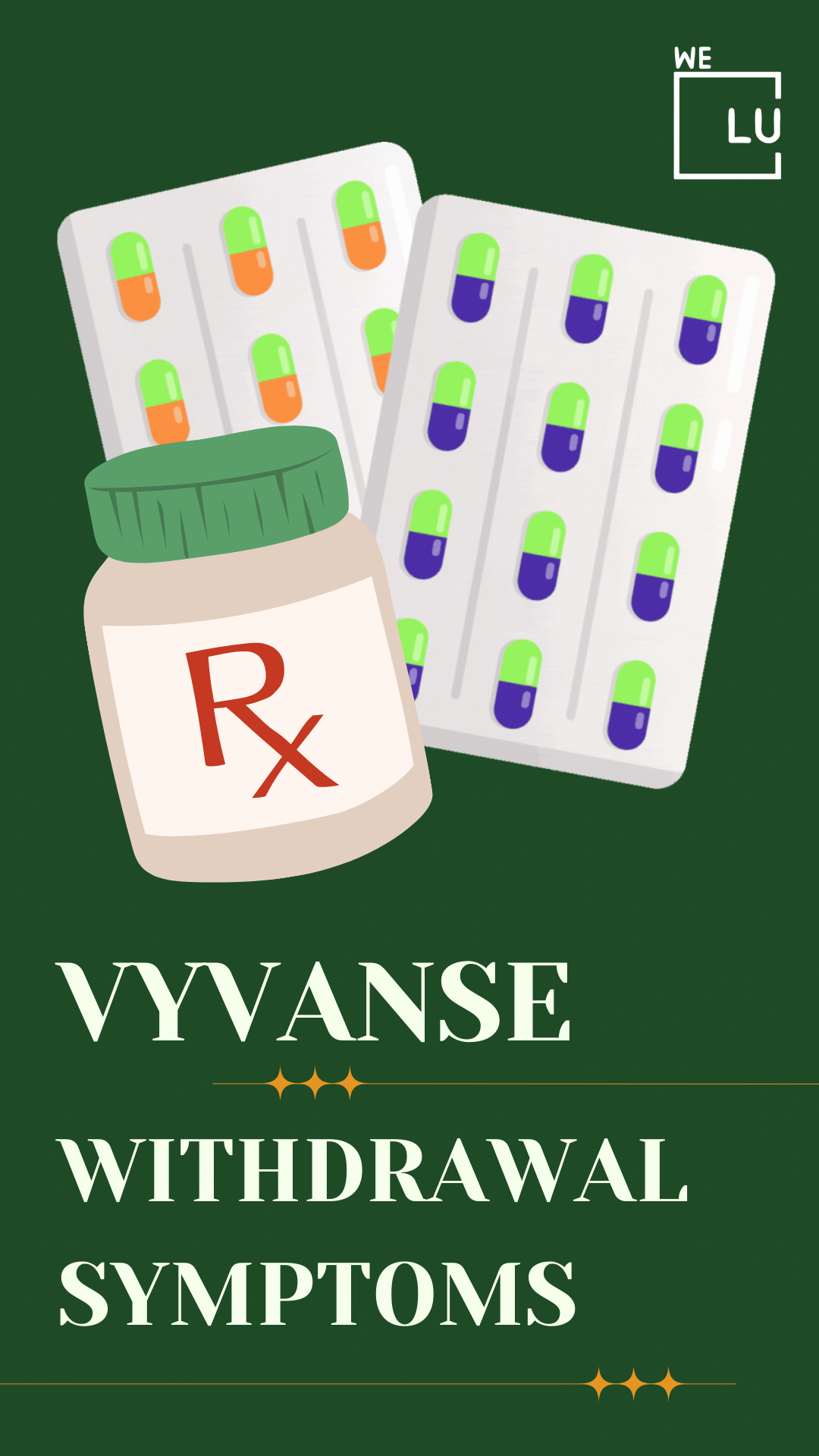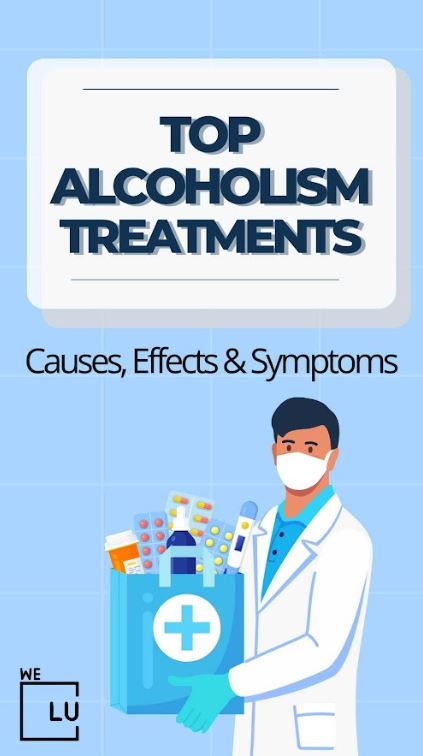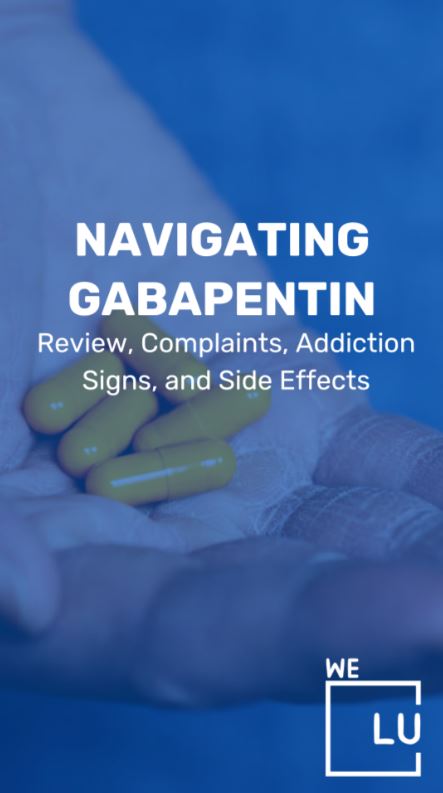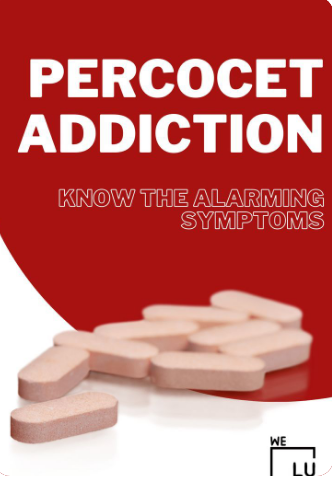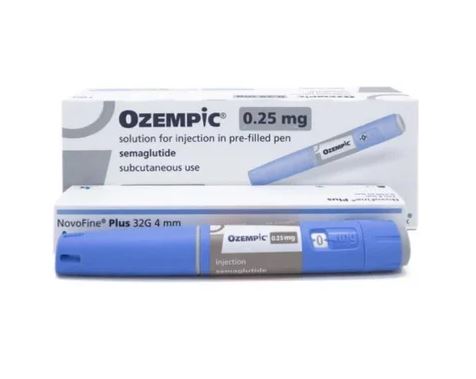What Is Xylazine?
What is Tranq’s definition, or what Is Tranq D? You may be seeking information regarding a novel lethal substance that has surfaced within the illegal drug trade amidst the ongoing opioid epidemic in America.
The non-opioid sedative analgesic medication known as xylazine, or “tranq,” is often mixed with and utilized as an additive to other opioid drugs such as heroin, fentanyl, and cocaine. The efficacy of these medications may be enhanced or replicated through the concomitant use of tranquilizers. A tranquilizer is detectable in as much as 15% of fentanyl screenings.
Exposure to this combination of pollutants may have detrimental and even lethal effects on your health. The medication in question has been colloquially called a “zombie medication” due to its potential to cause necrotic skin ulcers, also known as Xylazine Wounds or Xylazine Sores, which can be distressing.
What Is Tranq Dope? (or Tranq Drugs, Xylazine Drug)
Xylazine is utilized by veterinarians as a sedative, anesthetic, tranquilizer, muscle relaxant, and analgesic to facilitate surgical procedures, ensure safe handling, and simplify diagnostic tests in animals. According to the xylazine schedule, please provide the recommended dosage and frequency of administration. Although the FDA approves it for use in elk, fallow deer, rodents, mule deer, sika deer, and white-tailed deer, it is commonly prescribed in varying doses for cats, dogs, horses (Xylazine Horse), sheep, and cattle.
Typically, xylazine (Tranqs) is co-administered with medications that have similar effects. It is common practice to administer a combination of xylazine and ketamine, or Ketamine Xylazine or Xylazine Ketamine, to ensure a stable anesthetic dosage.
Is Xylazine A Benzodiazepine?
Xylazine, a controlled substance, has been linked to many overdose fatalities nationwide amidst the rising drug addiction and overdose crisis. Although it is a veterinary sedative not authorized for human use, it has been implicated in these incidents.
Is Xylazine classified as a controlled substance? As per medical research, individuals exposed to Xylazine have been observed to frequently co-administer it with other substances, including illicit fentanyl, regardless of their awareness of the same.
According to recent studies, there has been a westward migration of overdose fatalities linked to xylazine in the United States. The Northeast region has been most severely affected, although the extent of national overdose deaths involving xylazine remains unclear.
In Pennsylvania, the prevalence of drug overdose fatalities, including xylazine, escalated from 2% to 26% from 2015 to 2020. In the state of Maryland, during the year 2021, 19% of fatalities resulting from drug overdose were associated with the use of xylazine. Similarly, in Connecticut in 2020, 10% of drug overdose deaths were attributed to xylazine.
There have been reports of individuals using fentanyl in combination with xylazine to prolong the duration of its euphoric effects. Studies have shown that xylazine is commonly mixed with illegal opioids, such as fentanyl. Most fatalities resulting from xylazine and fentanyl overdose were associated with the concomitant use of other substances, including but not limited to cocaine, heroin, benzodiazepines, alcohol, gabapentin, methadone, and prescription opioids.
Xylazine Abuse and Xylazine Drug Class (Xylazine Drug Classification)
Xylazine, commonly known as “tranq,” is a central nervous system depressant that may result in memory impairment, amnesia, and perilously reduced respiration levels, heart rate, and blood pressure.
The likelihood of a lethal overdose escalates with the utilization of opioids, xylazine, and other central nervous system depressants, including alcohol or benzodiazepines. Further information regarding the ramifications of polysubstance use can be obtained from the American Centers for Disease Control and Prevention (CDC).
Due to the common co-administration of xylazine with opioids, medical professionals recommend the utilization of the opioid overdose reversal agent naloxone in the event of a suspected xylazine overdose. Naloxone, though an opioid antagonist, does not mitigate the respiratory impact of xylazine due to its non-opioid nature.
The prevalence of xylazine in the illegal opioid market is causing concern among medical professionals, as it may potentially diminish the efficacy of naloxone in managing certain cases of drug overdose. It is imperative to notify emergency medical personnel of a suspected overdose promptly. Please refer to the Centers for Disease Control and Prevention (CDC) for further information on strategies to prevent drug overdose.
Cutaneous ulcers, abscesses, and related complications have been observed in association with recurrent administration of xylazine, also known as Tranq Wounds or Tranq Necrosis. Patients have reported the administration of xylazine or its derivatives via intravenous, intranasal, oral, or inhalational routes.

Skip To:
Learn More:
Get Help. Get Better. Get Your Life Back.
Searching for Accredited Drug & Alcohol Rehab Centers Near You? Or Mental Health Support?
Even if you have failed previously, relapsed, or are in a difficult crisis, we stand ready to support you. Our trusted behavioral health specialists will not give up on you. Call us when you feel ready or want someone to speak to about therapy alternatives to change your life. Even if we cannot assist you, we will lead you wherever you can get support. There is no obligation. Call our hotline today.
FREE Addiction Hotline – Call 24/7Tranq (Xylazine) Statistics
26%
From 2015 to 2020, the percentage of all drug overdose deaths involving xylazine increased from 2% to 26% in Pennsylvania.
Source: NIDA
64.3%
Among 45,676 overdose deaths reported to SUDORS during January–December 2019, xylazine-positive and xylazine-involved deaths were identified in 25 and 23 states, respectively. Xylazine was listed as a cause of death in 64.3% of deaths in which it was detected.
Source: CDC
19%
Xylazine was involved in 19% of all drug overdose deaths in Maryland in 2021 and 10% in Connecticut in 2020.
Source: NIDA
Tranq (Xylazine) Factsheet
What is Tranq? (Xylazine)
The non-opioid sedative analgesic drug xylazine, also referred to as “tranq,” is frequently combined with (adulterated) and used as an additive with other opioid drugs like heroin, fentanyl, and cocaine. The effects of these medications can be boosted or mimicked by blending tranq. In actuality, tranq is detected in up to 15% of fentanyl testing.
But being exposed to this combination of pollutants can have harmful, even fatal, impacts on your health. It has been termed a “zombie medication” because it can leave your skin with horrifying necrotic skin ulcers.
Tranq (Xylazine) Effects
- Slowing down of the central nervous system.
- Sedation.
- Slow breathing.
- Low blood pressure (hypotension).
- Slow heart rate (bradycardia).
- Severe, painful skin ulcers (necrotic skin lacerations) and abscesses.
- Slowed wound healing.
- Frequent, persistent, or worsening skin infections.
- Eye problems like small pupils (miosis).
- Low blood sugar (hypoglycemia).
- High blood sugar (hyperglycemia).
- Drowsiness.
- Amnesia.
How Is Tranq Used?
To enhance or alter the effects of Tranq, it is frequently combined with heroin, fentanyl, or cocaine. It produces a comparable euphoric or “high” feeling to what opioids do.
The drug is known as “speedball” when heroin and cocaine are the main ingredients. Other street names for it in the US, such as “tranq dope” or “sleep cut,” include tranq or “zombie dope.”
It is known as “Anestesia de Caballo” or “horse anesthesia” in Puerto Rico, where xylazine has been linked to the supply of opioids since the early 2000s.
The tainted substance enters the bloodstream of users in ways like these:
- Smoking.
- Snorting (Xylazine Powder).
- Injecting (Xylazine Injection).
- Swallowing.
- Inhaling.
Xylazine can also be detected in small amounts in other medications. Benzodiazepines, alcohol, gabapentin, methadone, and prescription opioids might all fall within this category.
Attempts at sexual assault, intentional or unintentional poisoning, and drug misuse have all involved xylazine. The average Tranq price is around $30.
Most Popular Xylazine FAQs
-
Is xylazine flesh eating?
Xylazine is not a medication that causes necrosis or tissue damage. This medication is a sedative commonly employed as a veterinary anesthetic. However, it has been discovered to be utilized illicitly as a recreational substance. Xylazine has been reported to induce a spectrum of adverse reactions in the body, such as sedation, confusion, vertigo, and respiratory depression.
However, there is no evidence to suggest that it can elicit symptoms of necrotizing fasciitis. However, certain individuals who misuse xylazine or other substances may exhibit perilous and aggressive conduct, resulting in using the term “zombie drug” to characterize these agents.
-
Is xylazine a controlled substance?
Indeed, xylazine is classified as a controlled substance in numerous countries, including the United States. This substance is categorized as a Schedule IV controlled substance in the United States, indicating a low likelihood of abuse and dependence. Nonetheless, it remains regulated owing to its potential for misuse and unfavorable consequences. It is primarily utilized as a veterinary anesthetic but has been illicitly employed as a sedative and hallucinogen in humans.

Get Your Life Back
Find Hope & Recovery. Get Safe Comfortable Detox, Addiction Rehab & Mental Health Dual Diagnosis High-Quality Care at the We Level Up Treatment Centers Network.
Hotline (877) 378-4154Xylazine Side Effects In Humans: Xylazine Side Effects (Tranq Dope Effects)
Xylazine Effects: Medications containing traces of tranquilizers can result in detrimental side effects if taken excessively. In cases of severe overdose, fatality may ensue.
An overdose of opioids and exposure to tranquilizers may present with closely resembling symptoms. It may comprise of:
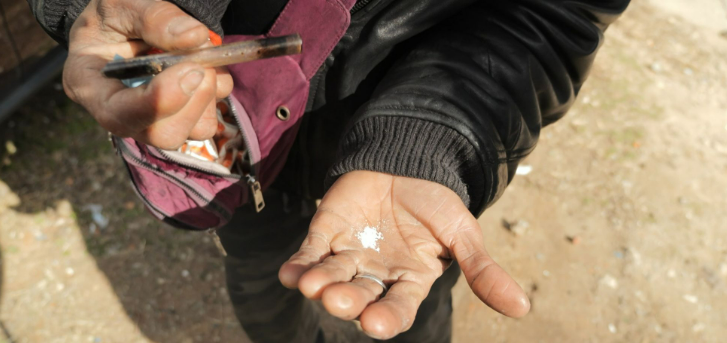
- Slowing down the central nervous system refers to decreased brain and spinal cord activity, leading to slower cognitive and motor functions.
- Sedation: This is a state of reduced consciousness, calmness, and relaxation, often induced by drugs.
- Slow breathing refers to a decrease in the rate or depth of breathing, which can cause oxygen levels in the blood and carbon dioxide levels to rise.
- Low blood pressure (hypotension): This condition where the force of blood against the artery walls is too low, leading to dizziness, fainting, and organ damage.
- Slow heart rate (bradycardia): This condition where the heart beats slower than normal, leading to reduced blood flow and oxygen supply to the body.
- Severe, painful skin ulcers (necrotic skin lacerations) and abscesses refer to open sores on the skin that are infected and may require surgical intervention.
- Slowed wound healing (Xylazine Flesh Eating): This refers to the delayed healing of wounds and the potential for secondary infections, which can be exacerbated by drug use.
- Frequent, persistent, or worsening skin infections: This refers to skin infections that may not heal or worsen over time, often due to weakened immunity caused by drug use.
- Eye problems like small pupils (miosis): This is a condition where the pupils of the eyes become smaller, often as a side effect of drug use.
- Low blood sugar (hypoglycemia): This condition where blood sugar levels drop too low, which can cause weakness, dizziness, and even loss of consciousness.
- High blood sugar (hyperglycemia): This is a condition where blood sugar levels rise too high, leading to organ damage and other health complications.
- Drowsiness: This refers to a state of feeling sleepy or lethargic, often as a side effect of drug use.
- Amnesia is a loss of memory or the inability to form new memories caused by drug use or other factors.
Xylazine Withdrawal Symptoms and Xylazine Overdose
There is no standardized treatment protocol for tranq exposure and overdose, unlike frequently encountered opioids such as fentanyl or heroin. As tranq is commonly co-administered with opioids, medical professionals may administer naloxone (Narcan) injections to mitigate the effects of the opioid. However, naloxone is ineffective in treating tranquilizer exposure.
The potency of opioids present in tranq is such that multiple doses of naloxone may be necessary to counteract their effects and revive an individual who has been exposed. However, the respiratory and cardiovascular complications induced by the tranquilizer are not ameliorated. Additionally, there is currently no pharmacological intervention available to manage withdrawal symptoms.
The primary approach to managing an overdose of Tranq would be supportive care. This suggests that in the event of hospitalization, you will be administered saline eye irrigation and intravenous fluids (IV).
The medical team will assess your blood pressure and glucose levels, provide electrolyte replacement therapy, conduct electrocardiogram testing, administer cardiac medications, and provide respiratory support. Medical professionals administer antidotes such as atipamezole and yohimbine for xylazine toxicity in veterinary medicine. However, it is important to note that the FDA has not yet approved these antidotes for human use.
Antidote For Xylazine: Xylazine Antidote (Xylazine Reversal)
There is currently no known cure for an overdose of xylazine in humans. Therefore, the primary approach to treatment is providing supportive care. The efficacy of naloxone in reversing the clinical manifestations of xylazine overdose has yielded inconsistent results. The occurrence of an inadequate response to naloxone may suggest the potential co-ingestion of xylazine or another non-opioid substance. Given the common co-administration of xylazine and opioids, administering naloxone may be considered a therapeutic option for mitigating the associated symptoms of opioid use.
First-class Facilities & Amenities
World-class High-Quality Addiction & Mental Health Rehabilitation Treatment
Rehab Centers TourRenowned Addiction Centers. Serene Private Facilities. Inpatient rehab programs vary.
Addiction Helpline (877) 378-4154Proven recovery success experience, backed by a Team w/ History of:
15+
Years of Unified Experience
100s
5-Star Reviews Across Our Centers
10K
Recovery Success Stories Across Our Network
- Low Patient to Therapist Ratio
- Onsite Medical Detox Center
- Comprehensive Dual-Diagnosis Treatment
- Complimentary Family & Alumni Programs
- Coaching, Recovery & Personal Development Events
How Is Tranq Used?
In the majority of cases, Tranq, found in public areas, is often mixed with heroin, fentanyl, or cocaine to augment or alteroduces a similar euphoric or analgesic effect as opioids.
The substance commonly referred to as “speedball” combines heroin and cocaine. In the medical field, this substance is commonly called “sedative-hypnotic medication” and may also be known by its generic or brand name.
The ingestion of this contaminated substance can lead to its absorption into the bloodstream through various routes, such as:
- Smoking.
- Snorting.
- Injecting.
- Swallowing.
- Inhaling.
Trace amounts of Xylazine may also be discernible in certain pharmaceutical preparations. Benzodiazepines, ethanol, gabapentin, methadone, and prescription opioids may all be classified under this category. Xylazine has been implicated in incidents of sexual assault, deliberate or accidental poisoning, and substance abuse.
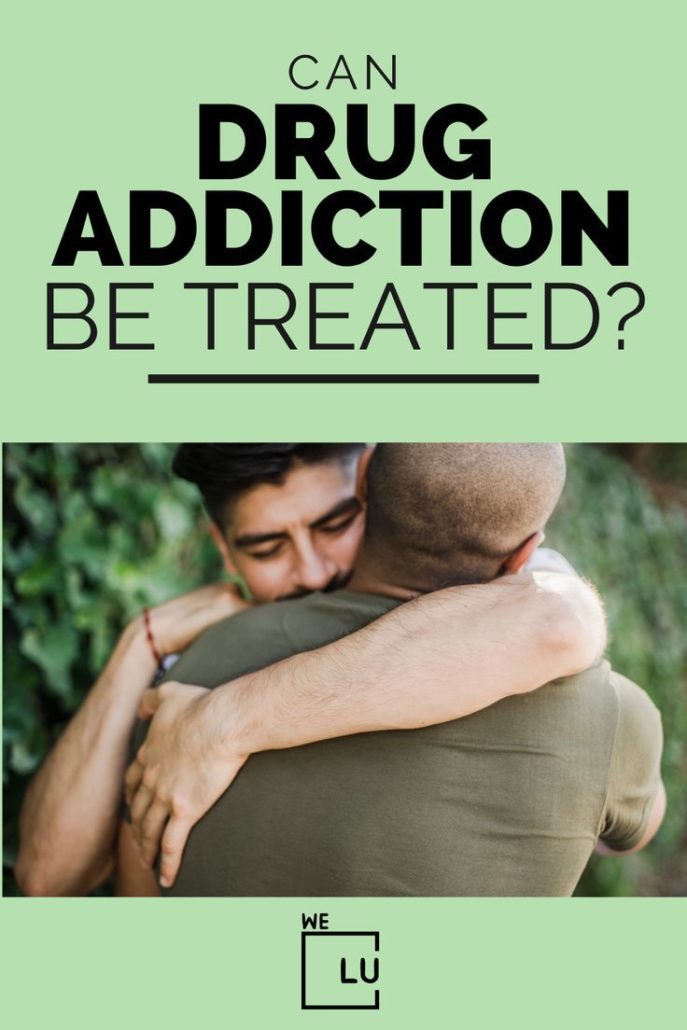
Xylazine Test Strips
Currently, there are no rapid or effortless drug screening methods to detect remnants of tranquilizers. Tranq is not currently detectable through conventional drug testing or toxicology screenings to identify illicit substances such as opioids. To detect any traces of xylazine in your body, further comprehensive screenings or blood examinations will be required by your physician.
A skin biopsy may be performed by a medical professional if the patient presents with significant skin lesions. To ascertain the etiology, a biopsy of the cutaneous tissue from the affected region will be obtained and subjected to microscopic analysis. Medical professionals may conduct wound cultures, which involve taking a wound swab to identify any microorganisms responsible for the infection.
The following diagnostic tests can detect the presence of tranquilizers:
- Thin layer chromatography (TLC) is a laboratory technique used to separate and identify different components of a mixture based on their physical and chemical properties.
- Gas chromatography-mass spectrometry (GC-MS) is a diagnostic tool used in the medical field.
World-class, Accredited, 5-Star Reviewed, Effective Addiction & Mental Health Programs. Complete Behavioral Health Inpatient Rehab, Detox plus Co-occuring Disorders Therapy.
CALL (877) 378-4154End the Addiction Pain. End the Emotional Rollercoaster. Get Your Life Back. Start Drug, Alcohol & Dual Diagnosis Mental Health Treatment Now. Get Free No-obligation Guidance by Substance Abuse Specialists Who Understand Addiction & Mental Health Recovery & Know How to Help.
We Level Up Traq Dope and Xylazine Addiction Treatment
The definition of dual diagnosis (also referred to as co-occurring disorders) can differ between institutions. However, it is generally described as the specific treatment of someone diagnosed with a substance use disorder and a mental health disorder simultaneously. Treating dual-diagnosis clients is a critical aspect of our inpatient treatment experience because co-occurring disorders are strongly correlated with instances of substance abuse.
Creating a treatment plan that addresses the physical aspects of withdrawal, the psychological connection with drug use, and managing underlying mental health disorders is part of setting clients up for success. A thorough mental health analysis identifies possibilities for treatment. Meeting with mental health counselors and medical care providers means access to behavioral therapy and medication treatment. At our dual diagnosis treatment center, We Level Up can implement the highest quality of care.
We recognize the fragile complexities of how mental and substance abuse disorders can influence others and sometimes result in a vicious cycle of addiction. That’s why we offer specialized treatment in dual-diagnosis cases to provide the most excellent chance of true healing and long-lasting recovery.
Accepting that you may be living with a mental illness can be challenging. However, treating the presenting substance abuse case can be magnitudes easier once properly diagnosed and treated. Only a properly trained medical professional can diagnose these underlying conditions. If you believe you are suffering from a disorder alongside addiction, we urge you to seek a qualified treatment center to begin your journey to recovery. Call We Level Up today.
Experience Transformative Recovery at the We Level Up Treatment Center.
See our authentic success stories. Get inspired. Get the help you deserve.



Start a New Life
Begin with a free call to an addiction & behavioral health treatment advisor. Learn more about our dual-diagnosis programs. The We Level Up treatment center network delivers various recovery programs at each treatment facility. Call to learn more.
- Personalized Care
- Caring Accountable Staff
- World-class Amenities
- Licensed & Accredited
- Renowned w/ 5-Star Reviews
We’ll Call You
Prescription Drug Abuse Informative Video
Jen’s Addiction Recovery Testimonial
“I wanted my life back. I was a shell of a person. I wanted to be trusted, I wanted relationships back that I lost, mainly my children and family. It started innocent enough, I got into a car accident and then I got kind of sucked into the whole, you know, medication issue with the pills. And before I knew it, I was in a cloud. I was sucked in by addiction and with my mind, I kept thinking it was OK because a doctor was prescribing this for me, a doctor was giving me this, a doctor was giving me that.
So, I didn’t think I was doing anything wrong. Level Up supports my family and my relationships with my family and they’ve helped me grown as a person. When I first started there, I was so intimidated and kind of scared, you know? But, they’ve taught me, they’ve kind of taught me how to come into my own. And then, you know, when I get the call at the middle of the day from my twenty-one-year-old daughter, just to say ‘I love you, Mom.’, that’s amazing.”
Jen’s Addiction Recovery Testimonial
Search Xylazine, Tranq Dope, Tranq Wound, Tranq and Fentanyl Dangers Topics & Resources
Sources
[1] National Institute of Mental Health – ‘Depression’ (www.nimh.nih.gov)
[2] U.S. Food and Drug Administration (FDA) (www.fda.gov/)
[3] Depression Treatment » Drug Alcohol Addiction Rehab
[5] NIMH – https://www.nimh.nih.gov/health/publications/social-anxiety-disorder-more-than-just-shyness
[6] Selective Serotonin Reuptake Inhibitors – National Center for Biotechnology Information, U.S. National Library of Medicine
[7] ‘Anxiety Disorders’ – National Institute Of Mental Health (Nimh.nih.gov)
[8] Psychopharmacology of anxiety disorders – National Center for Biotechnology Information, U.S. National Library of Medicine
[9] Products – Data Briefs – Number 379 – September 2020 (cdc.gov) Depression – National Institute of Mental Health
[10] Coping with Stress – Centers for Disease Control and Prevention
